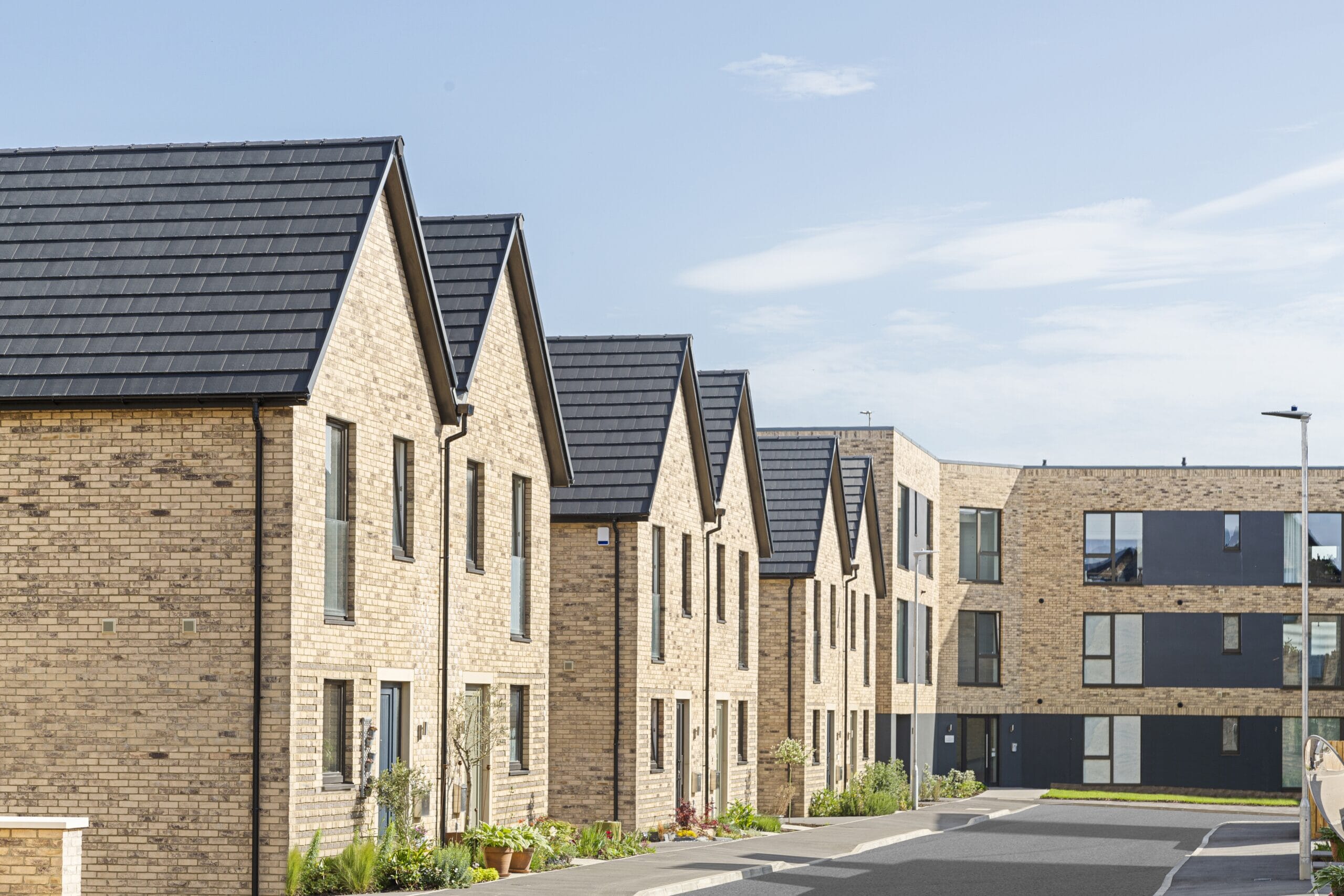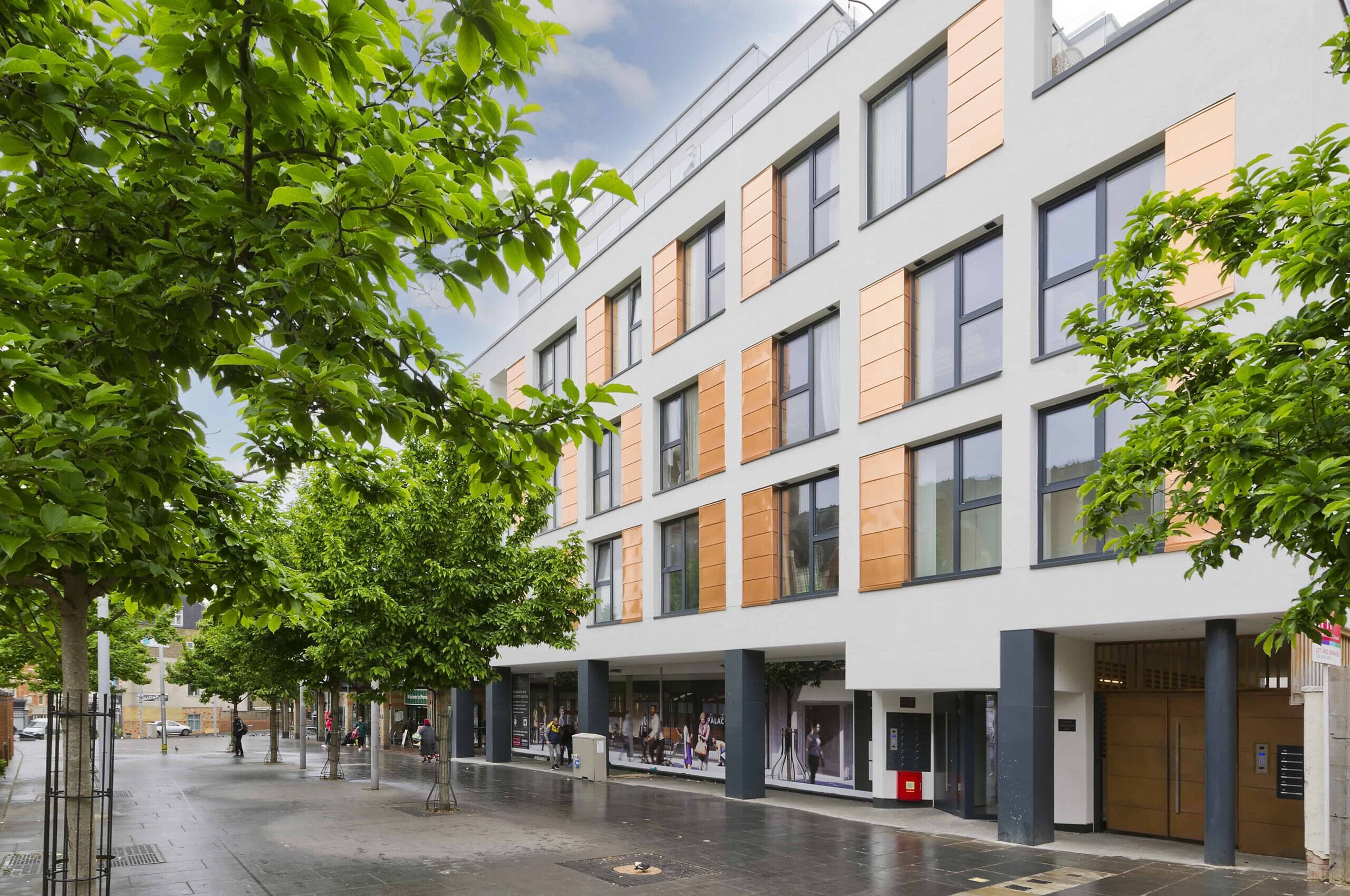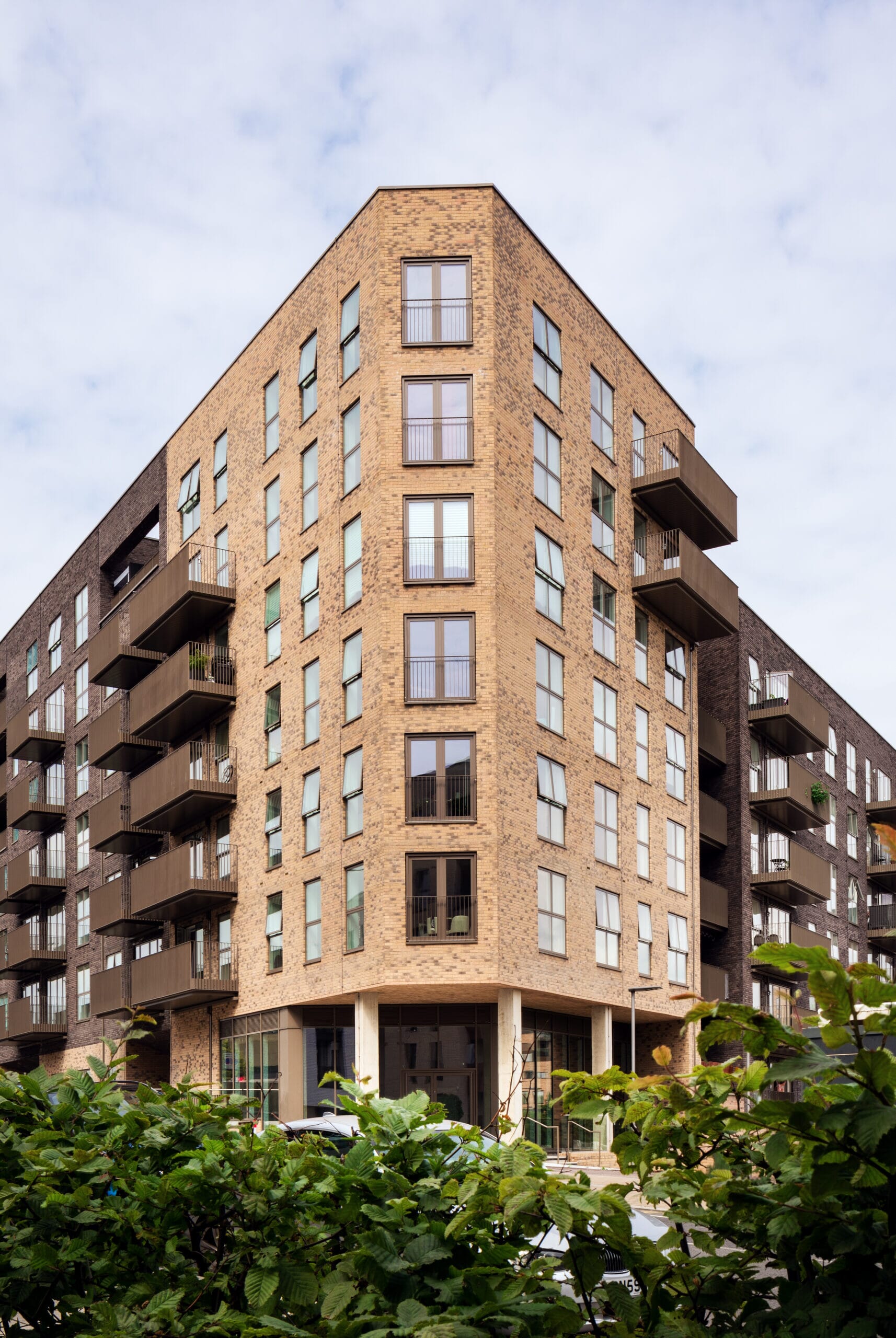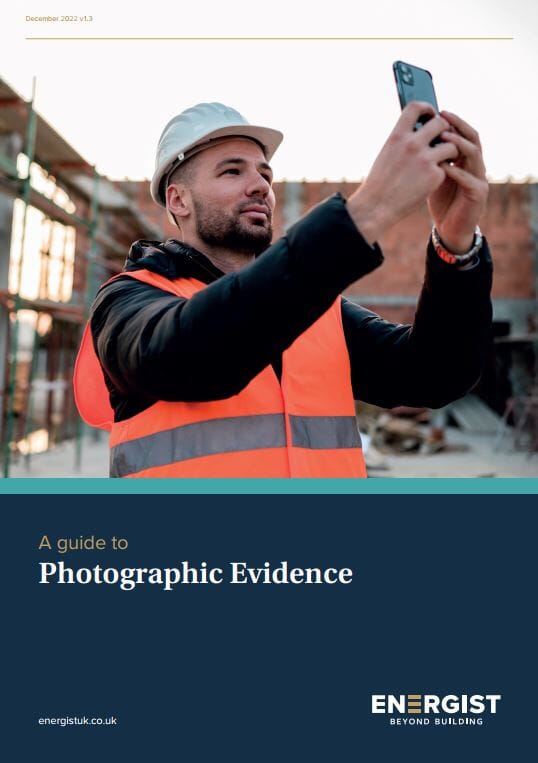PHOTOGRAPHIC EVIDENCE
Deliver on new compliance requirements to demonstrate build quality and energy efficiency


Download your free Photographic Evidence Guide below
New photographic evidence requirements mandate that design specifications must be evidenced at ‘as built’ stage for every new home.
Under recent updates to the Building Regulations (AD-L), an archive of photographs must be created for all new homes during construction, to be shared with both building control and future owners or occupiers.
This move is intended to reduce the performance gap between design intent and build, ensuring accountability through the construction and assessment process. It will also improve the accuracy of SAP assessments, ensuring information matches the design specification.
Our photographic evidence service supports developers to easily fulfil this new compliance requirement.
New regulatory requirements for Photographic Evidence
Photographic Evidence is now a regulatory requirement under Approved Document L (AD-L) of the Building Regulations.
Imagery must be captured unique to each property or dwelling being built, showing each stage of construction.
It is intended that these new requirements will improve the accuracy of energy assessment and, ultimately, energy performance of homes, as build teams know all energy efficiency works are being documented and will be externally assessed.
Where images are non-compliant, not provided, or are believed to show another property, an assessor may be unable to issue the property’s EPC.
Criteria – AD-L Photographic Evidence requirements apply to developments registered with building control from June 15, 2022, in England, or November 23, 2022, in Wales. Additionally, sites registered before this date but where works have not started on a given building within one year of the regulations going live will also be subject to the requirements.


What building elements need to be evidenced?
Photographs of the foundations and substructure, external walls, and roof must clearly show insulation in position, and thermal continuity around junctions. Photographs of the installation of windows must be taken, and certification demonstrating the property has been air tested must be supplied. Photographs of the heating and hot water systems and ventilation system must show the make and model of services.
How should the Photographic Evidence be captured and stored?
Photos must be:
- Clear – high enough resolution to clearly show the building components
- Taken for each individual property
- Time-, date- and geo-stamped – achievable using a standard smart phone
- Collated in an accessible digital archive, using a clear naming convention for files for ease of audit
- Readily available for inspection by the SAP assessor and the building control body
- Provided to the first owner/occupier of the property.
Photos can be taken by anyone during build, typically site managers, providing they fulfil the above criteria. They are not the responsibility of external assessors.
Photographic Evidence is required for new residential properties only. They aren’t mandated for retrofits on existing dwellings, nor for non-residential buildings.


Download your free Photographic Evidence Guide below
Our Photographic Evidence service:
- Template – Sharing a template document with build teams, outlining where, when and how photos should be captured. Recommending a naming convention and digital solution for files to be securely stored.
- Archive – Storing images in secure digital archives via the Energist Portal, ensuring all location, date and time requirements and naming conventions have been followed, ahead of audit.
- Report – Using imagery to complete ‘as built’ SAP assessments, where required. Making report available to the building control body and sharing files as part of Home User Guide documentation.


Start capturing and collating photographic evidence.
Contact our construction specialists for guidance and advice
